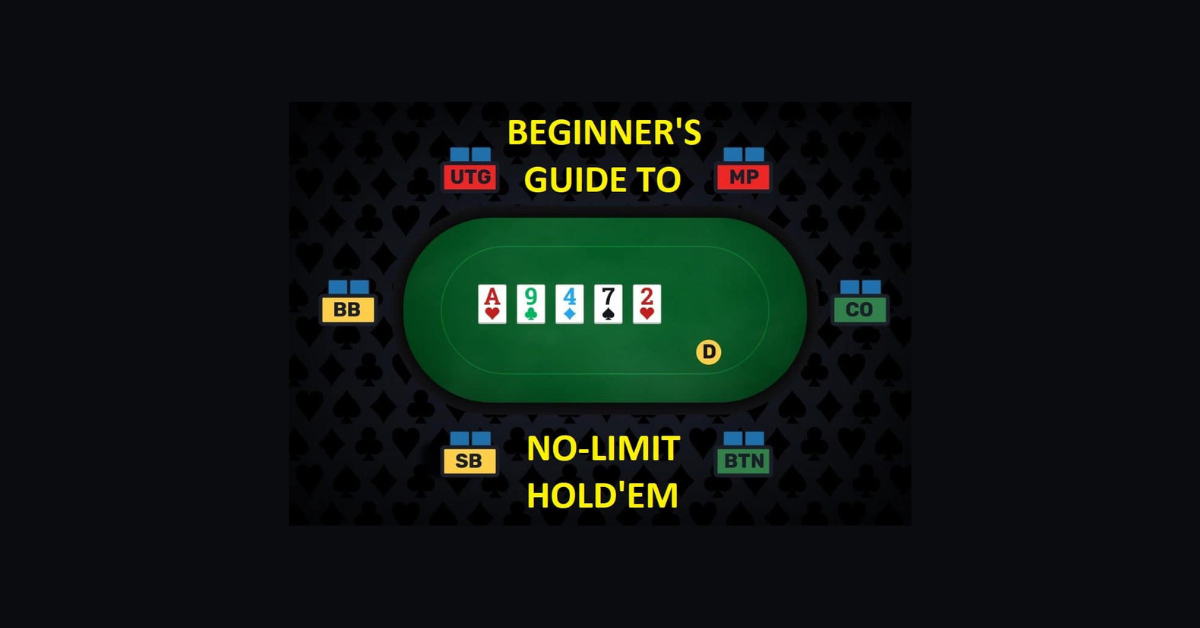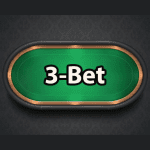Betting Basics in Texas Holdem No Limit
Understanding the basics of betting in Texas Holdem No Limit is essential for any poker player looking to improve their game. In this high-stakes variant of the popular card game, players have the freedom to bet any amount of their chips at any time during a hand, adding an extra layer of strategy and excitement.
In No Limit Texas Holdem, the minimum bet is typically determined by the big blind, while the maximum bet is only limited by the number of chips a player has on the table. This allows for the possibility of large swings in chip stacks and creates opportunities for skilled players to leverage their chip advantage effectively.
Understanding Pot Odds and Implied Odds
Pot odds in Texas Holdem poker refer to the ratio between the size of the current bet and the size of the pot. This ratio determines the minimum probability of winning a hand required to make a call profitable in the long run. For example, if the pot is $100 and your opponent bets $20, you would need at least a 20% chance of winning to make a profitable call.
Implied odds, on the other hand, take potential future betting into account. This includes the additional chips you could win if your hand improves on future streets. Understanding implied odds can help make more strategic decisions, particularly when you have a drawing hand with the potential to hit a very strong hand and win a large pot.
Different Types of Bets in No Limit Texas Holdem
When playing No Limit Texas Holdem, there are various types of bets that players can utilize to outmaneuver their opponents. One common bet is the “value bet,” where a player aims to extract the maximum value from their hand by making a bet that is likely to be called by opponents with weaker hands. By carefully sizing their value bets based on the strength of their own hand and their opponent’s range, players can optimize their profits in the long run.
Another popular bet type in No Limit Texas Holdem is the “bluff.” Bluffing involves making a bet with a weak or nonexistent hand in order to deceive opponents into folding better hands. Successful bluffing requires a good understanding of opponents’ tendencies and the ability to create a believable narrative through betting patterns. When executed effectively, a well-timed bluff can tilt the odds in a player’s favor and lead to winning pots without having the best hand.
Position and Its Impact on Betting Strategy
Position in poker refers to the order in which players act during a hand. The player sitting to the left of the dealer, known as the small blind, acts first, while the dealer acts last. The impact of position on a player’s betting strategy cannot be overstated. Players in later positions have the advantage of seeing how earlier players act before making their own decisions, allowing them to make more informed choices based on their opponents’ actions.
When a player is in an early position, they must make betting decisions without the benefit of knowing how their opponents will act. This lack of information can make betting more challenging as they are essentially betting blind. In contrast, players in later positions can use their knowledge of previous bets to adjust their own strategies accordingly. This positional advantage can often lead to more profitable betting opportunities for players able to capitalize on their position at the table.
Reading Opponents’ Betting Patterns
One key aspect of mastering Texas Hold’em is being able to accurately interpret your opponents’ betting patterns. Paying attention to how they bet can give you valuable insights into the strength of their hand. For example, if an opponent suddenly makes a large bet after playing cautiously, it could signal a strong hand. On the other hand, a player who consistently raises pre-flop may be playing aggressively regardless of their hand strength.
In addition to observing individual betting behaviors, it’s essential to also consider the overall context of the game. Understanding the situation at the table, such as the number of players remaining and the size of the blinds, can help you make more informed decisions based on your opponents’ betting patterns. By combining both micro-level (individual player behavior) and macro-level (game context) analysis, you can develop a more strategic approach to reading your opponents’ betting moves.















